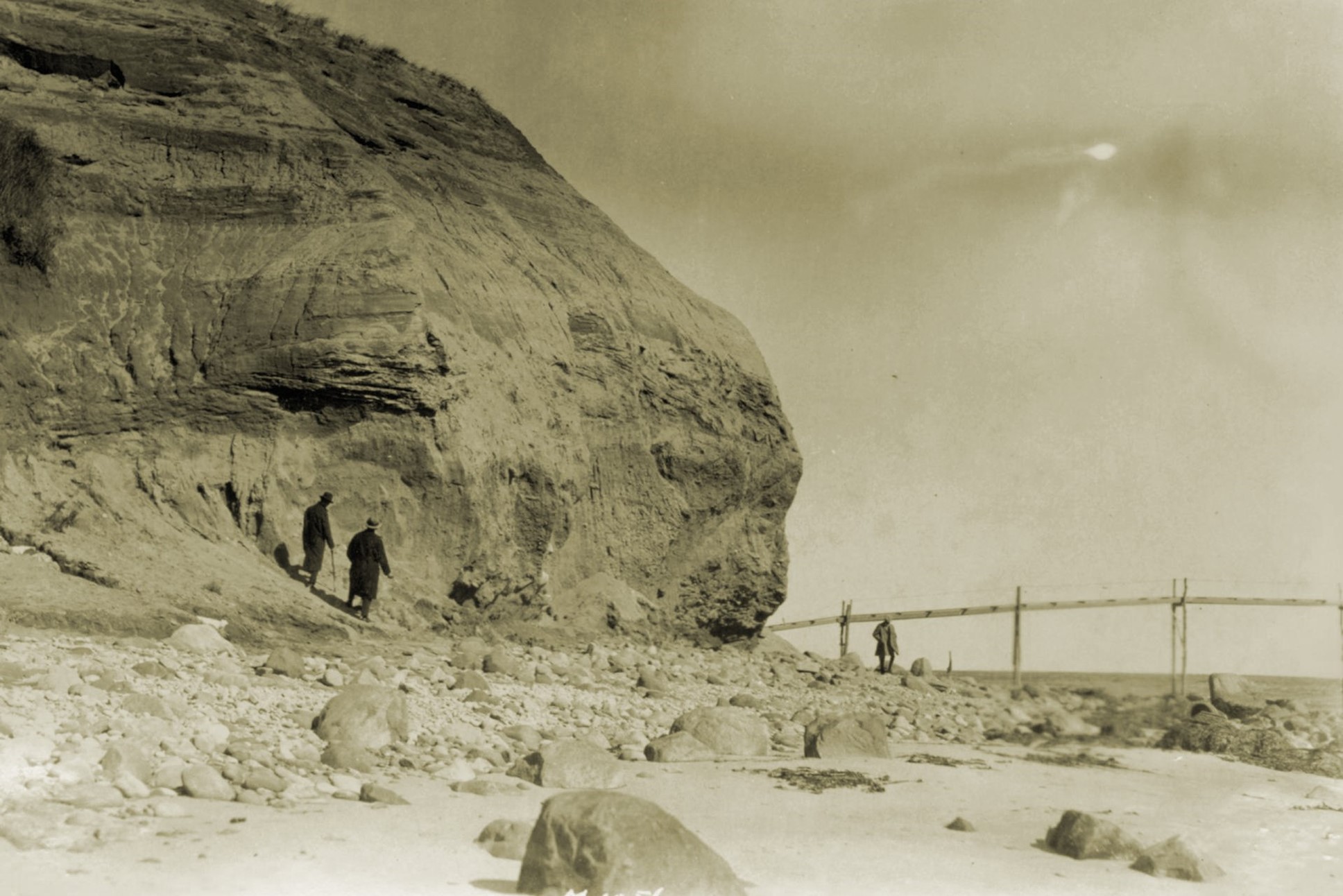
Turtle Hill and the entire Point seem to be an immense sand pile, packed so tight that it is equal to a giant rock. If you descend to the water, you will find in place of a sandy beach, a beach of stones. . . When the waves come in, they partly lift many thousands of the smaller stones, and the noise caused by this resembles the sound of a battery of cannon set off at a distance.
Eugene L. Armbruster was a photographer, illustrator, writer, and historian who lived from 1865 to 1943. In 1923 he published what he described as a “sketch” of Montauk “to shed light upon a most beautiful section of Long Island, which is a terra incognita to most New Yorkers.” At only eight pages, it offered a virtual walking tour, from the railroad station to Montauk Point, of landmarks in a still mostly untamed landscape:
If the road, which runs through the entire tracts, would not be in existence, with the telegraph poles along its line, a traveler could imagine himself to be living in the days of Wyandank, so little has the eastern part of the peninsula changed.
Simply called Montauk, the sketch itself is unillustrated, but photographs in the Montauk Library’s archives shed light on what Armbruster might have seen in his travels.
The railroad comes to an end at Montauk Station, a little settlement on Fort Pond Bay. …
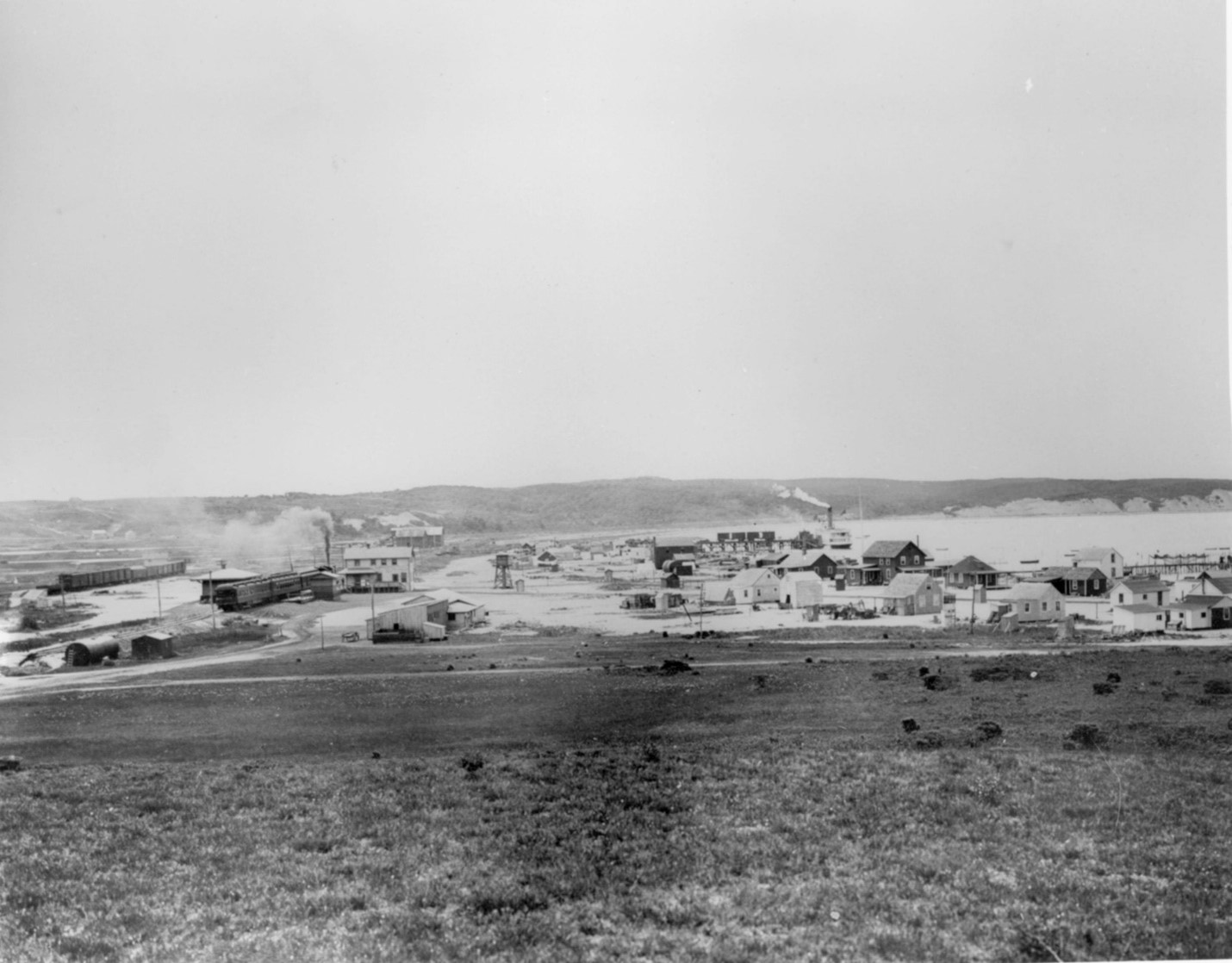
The old road leads along the western border of Fort Pond … the second [was] recently constructed from the station to Camp Welsh, along the east side of the pond … When Camp Welsh is reached, the ocean is before you, and just west of the camp on the edge of the pond stands the Second House, a substantial, shingled building of dark brown color with white trimming. It has been remodeled, dormer windows and a wing were added. However, it is still a good specimen of the architecture of the end of the 18th Century.
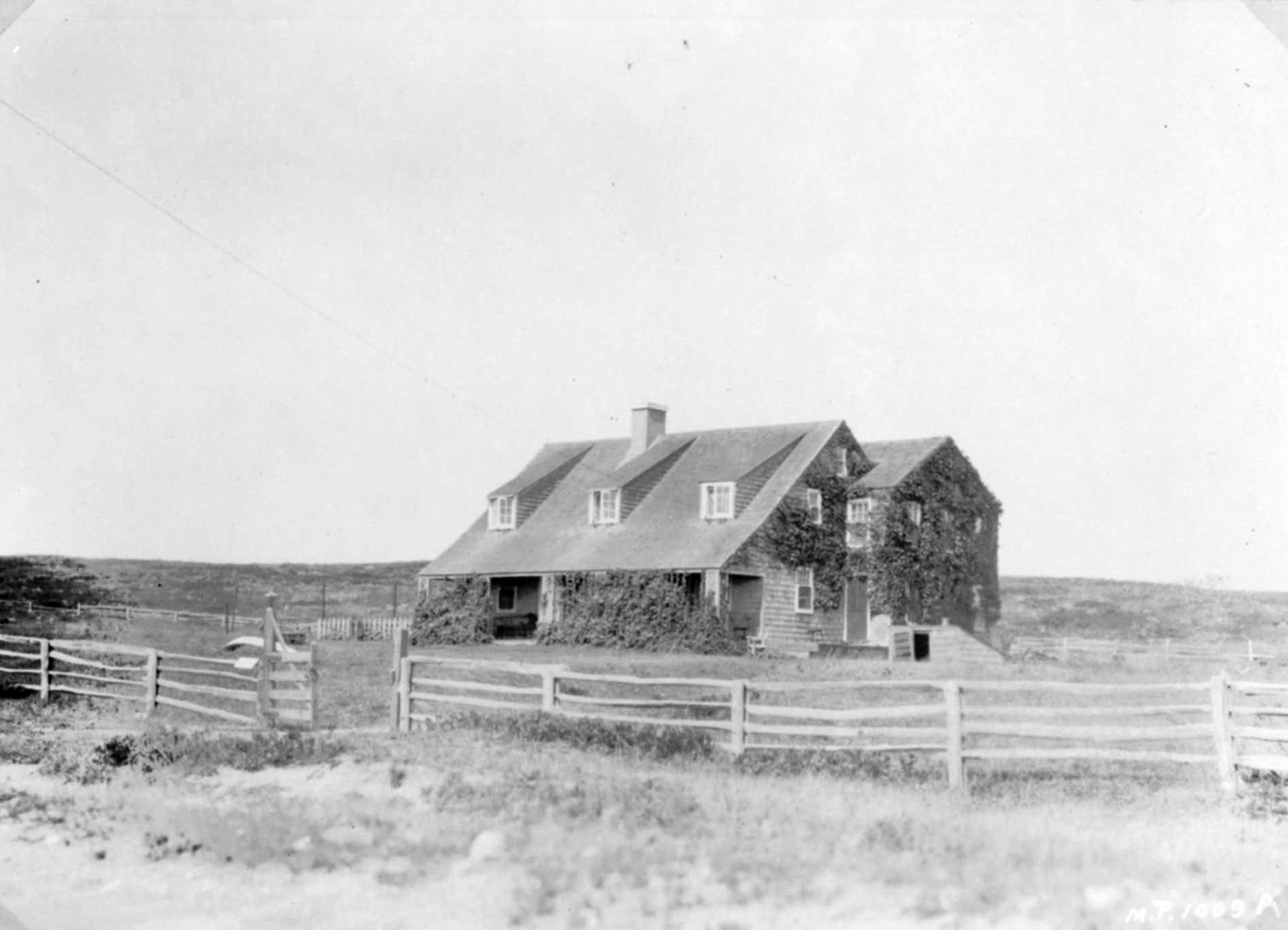
There is the white frame building of the Hither Plains Life Saving Station in the distance …
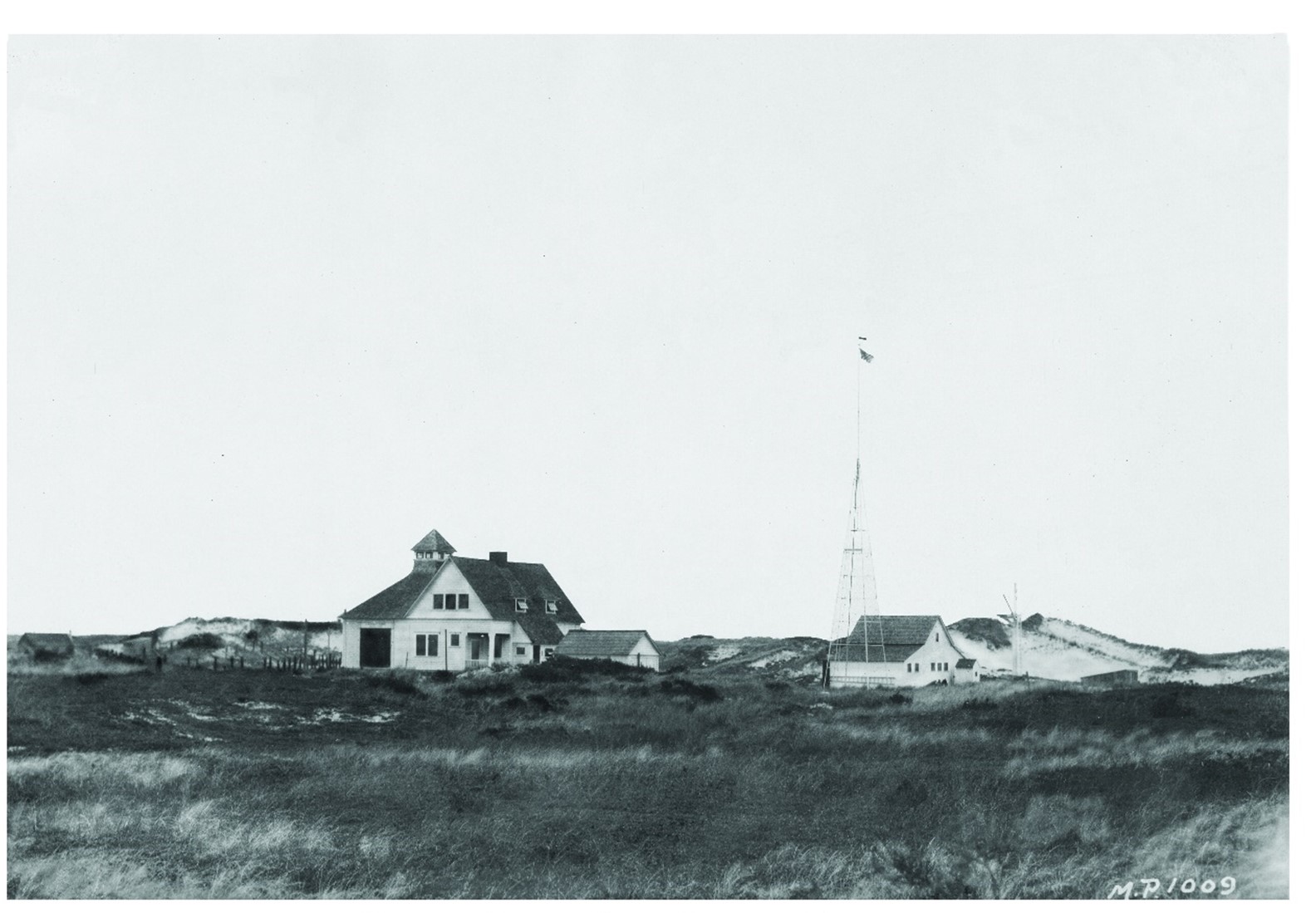
… and a few hundred feet nearer is the Parsons House. Mr. Parsons has built several cottages to accommodate the increasing number of guests, and also a garage. The cottages are not set in a straight line: near the garage is the little red schoolhouse. … The simplicity ot the entire settlement is its greatest asset. … To the tired and wornout New Yorker this view is medicine.
The Parsons Inn, 1900s. | Albert Holden Collection, Montauk Library Archives. Right, Montauk’s first schoolhouse, the Hither Plain school, in 1918. It served children from Fort Pond Bay and the life-saving stations at Hither Plain and Ditch Plain.
To reach Montauk Point one has to travel along the road eastward, the natives say seven miles; but to New Yorkers the distance resembles more ten city miles … Leaving the settlement and passing the Second House, you come to Camp Welsh. During the summer months soldiers are there in training … in the evening the Sons of Mars return to the camp, the horses are driven to the pond for watering, and at sunset the camp presents a picture of peace.
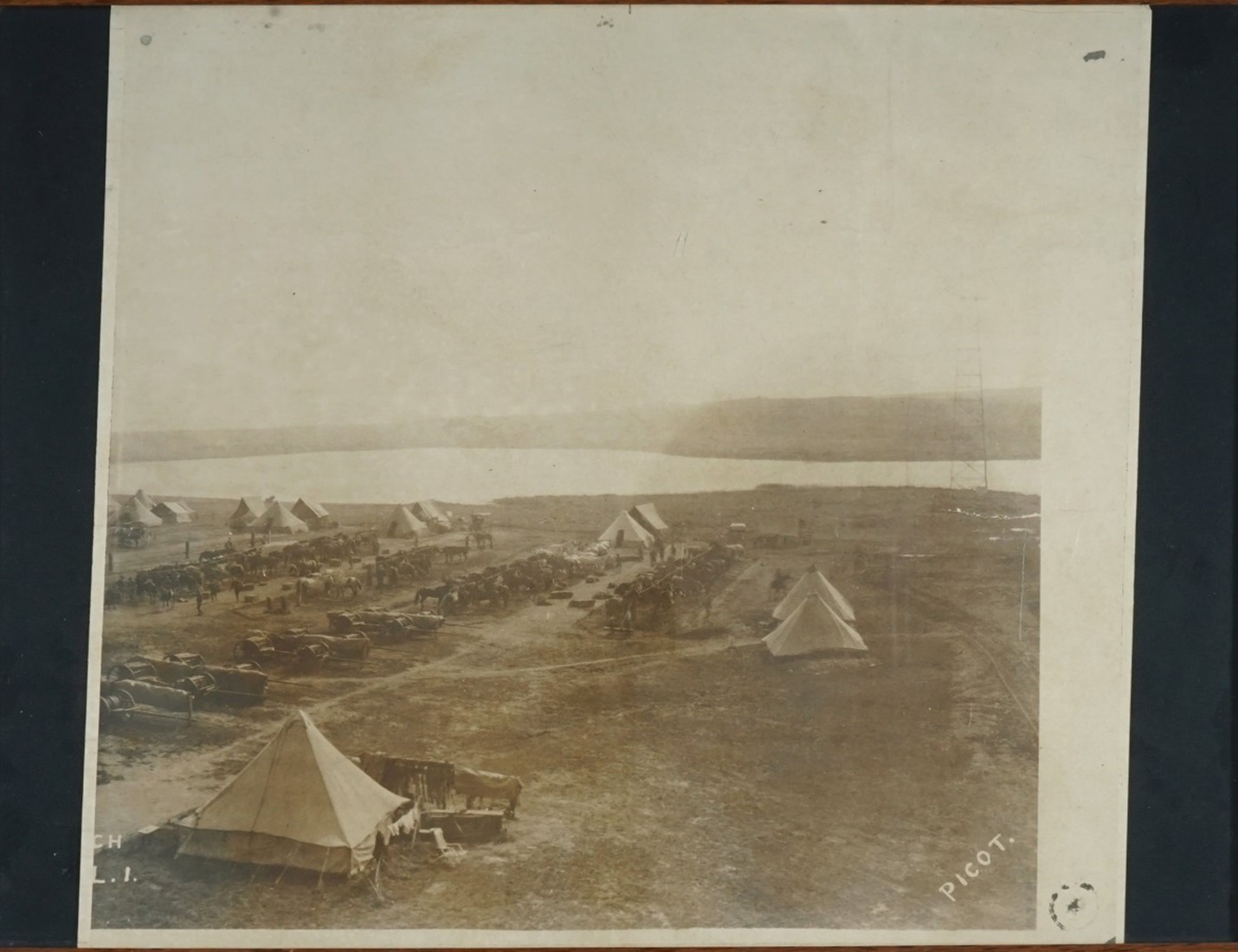
To the north of the road is seen the Third House. … The Third House is a farmhouse, the land on which it stands is tilled. All the other land remains as it was in the days of Wyandank.
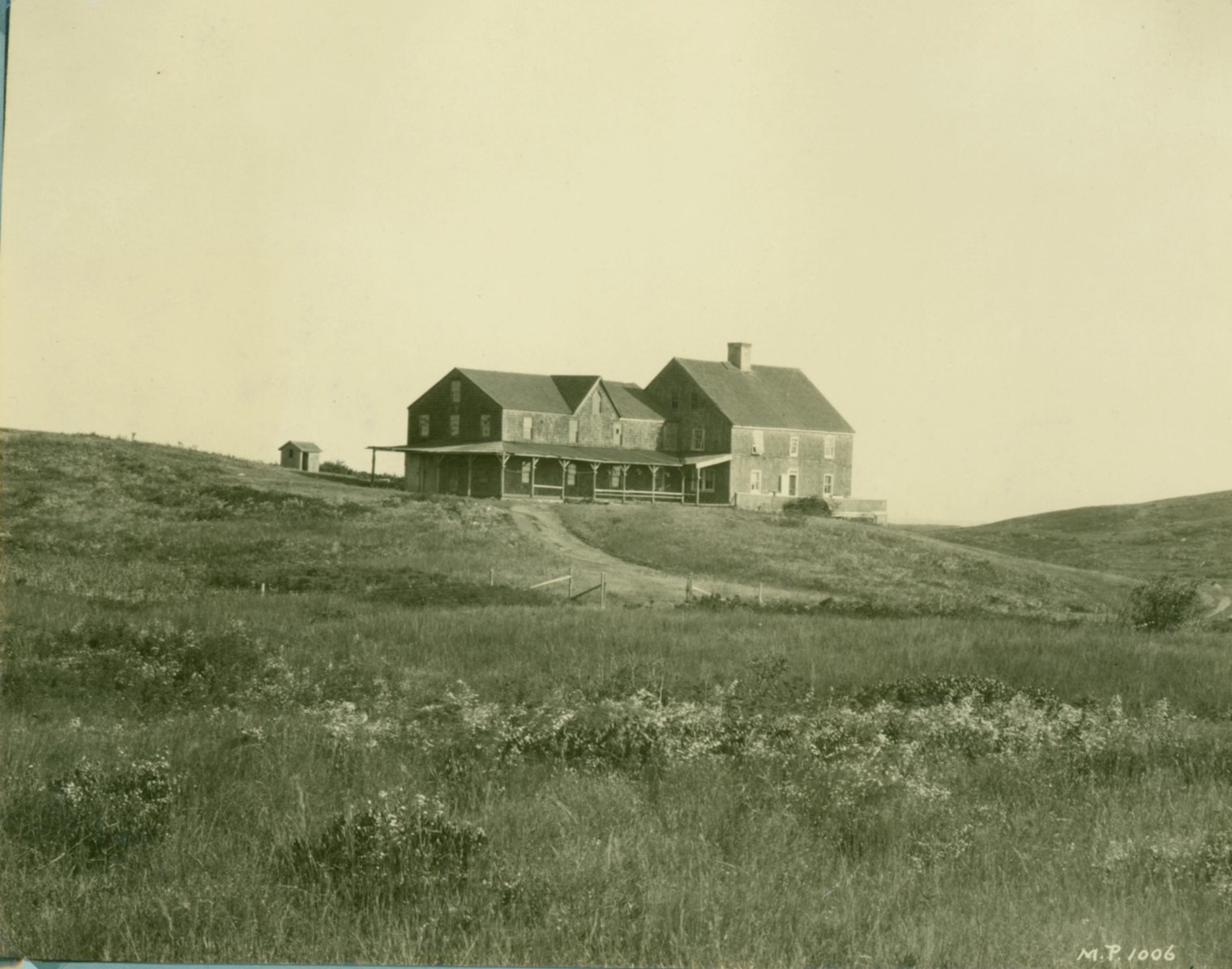
A gentleman of rare taste had recently one of the old windmills in the Hamptons transplanted to Montauk Point. The old structure, erected in 1763, occupies a high point west of the lighthouse. A shingled house, fully in keeping with the windmill as to architecture, size, etc., has been erected and connected with the mill.
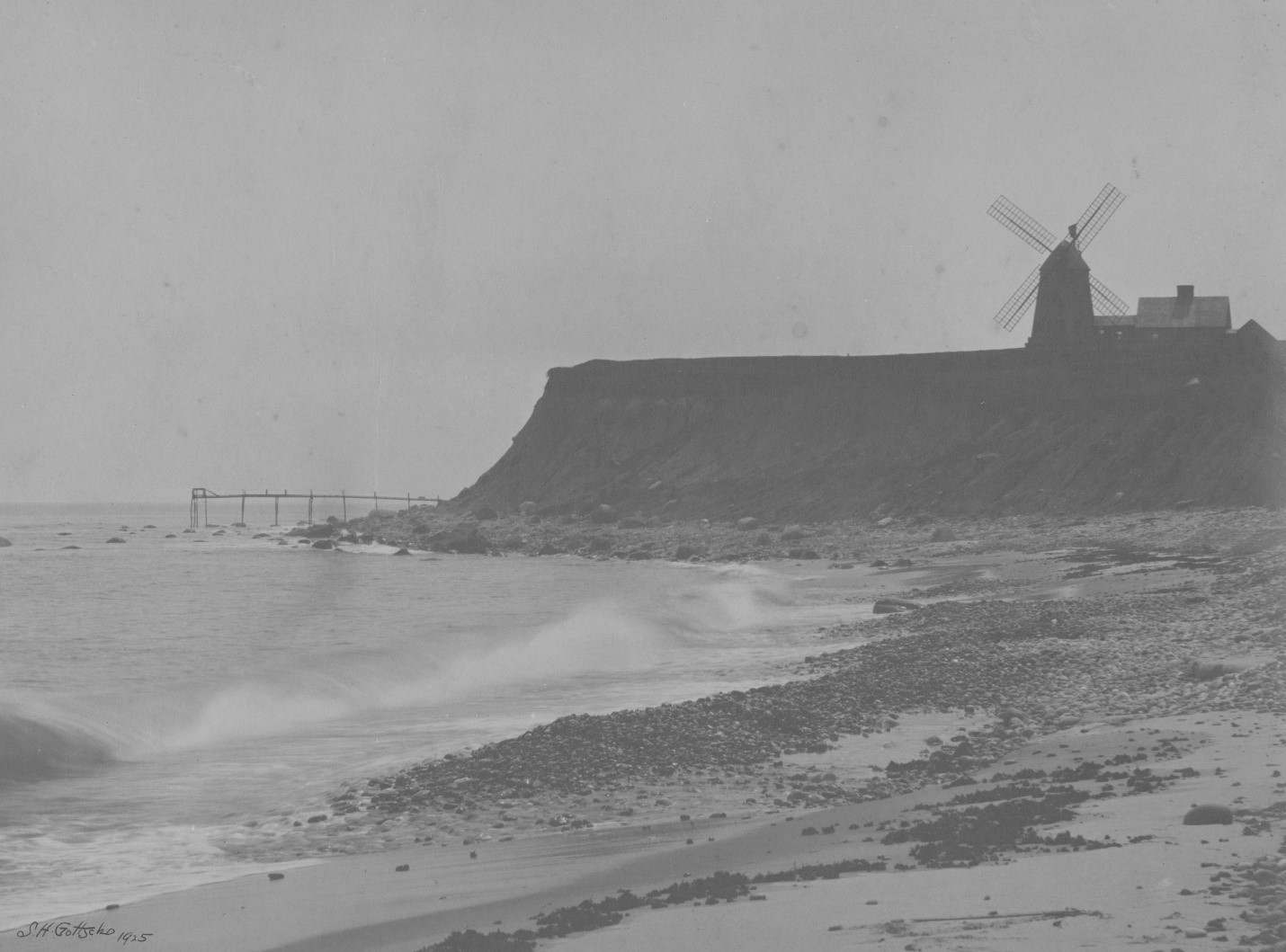
Little bridges running out from the rocky shore, are built for the use of the fishermen. They have to be rebuilt every year, as the winter storms destroy them.
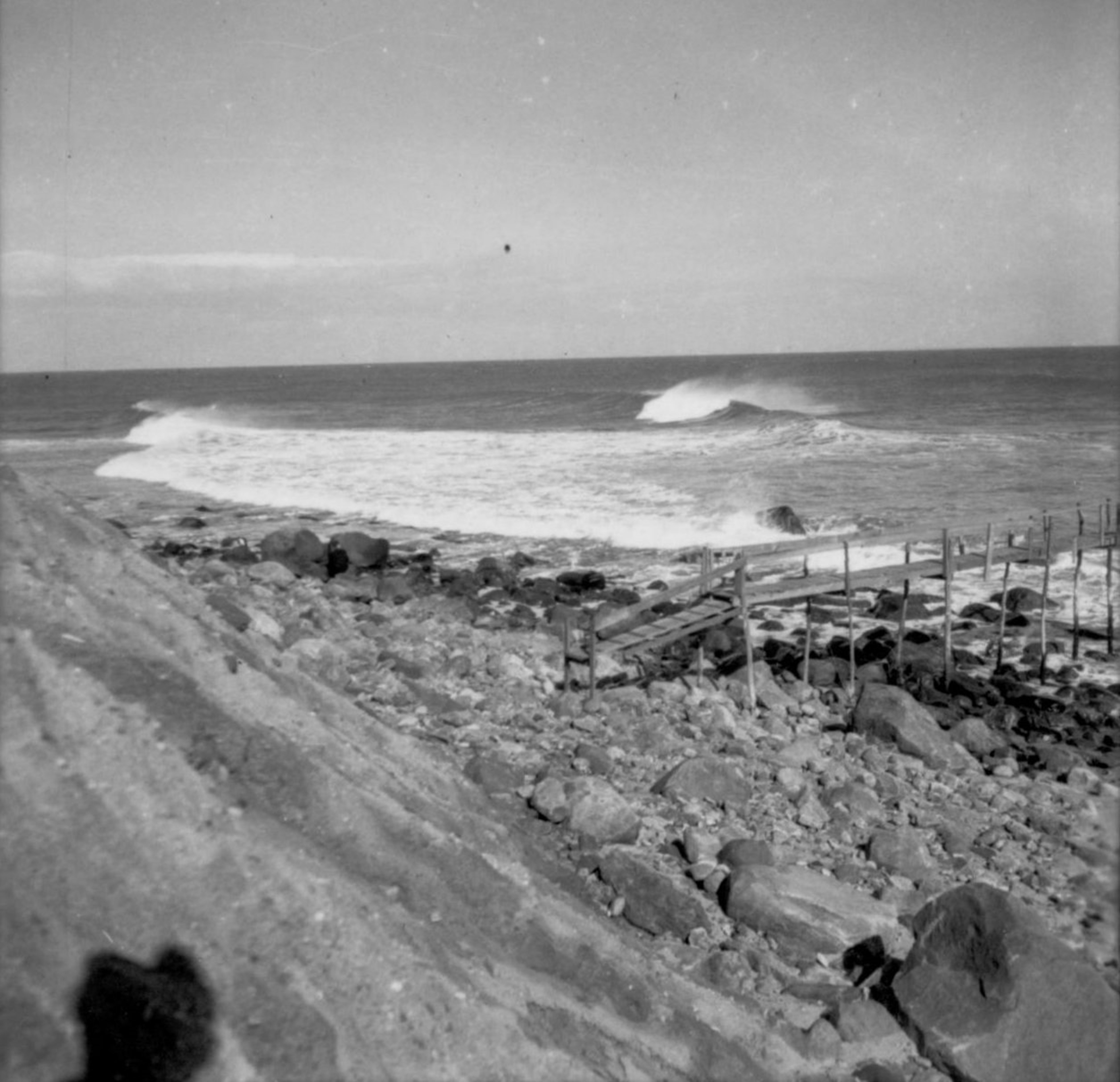
Montauk Point lies before your eyes, a truly beautiful sight.
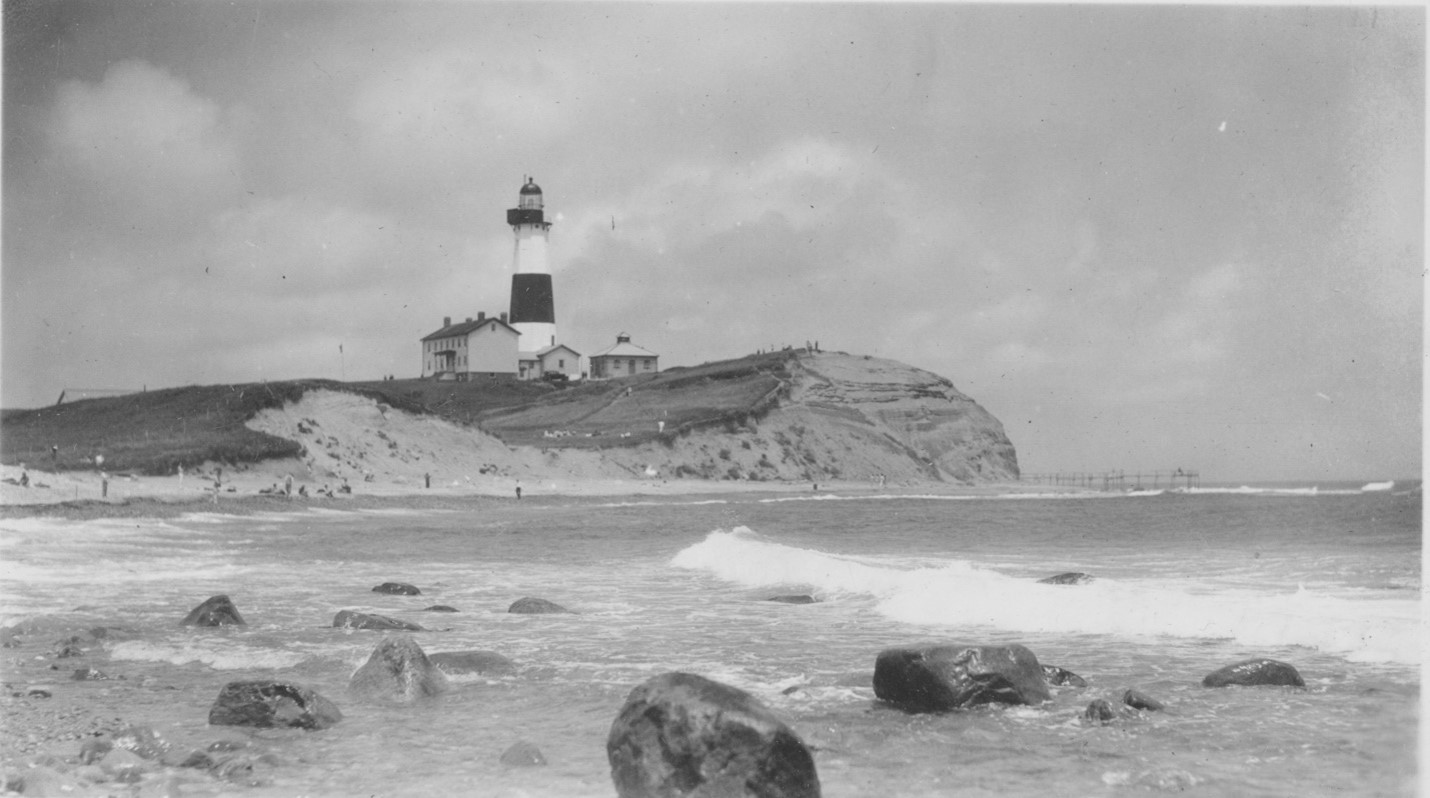
The way back is shortened by trying to assort the impressions received during the trip … After dinner you will probably take a stroll … very little midnight oil is burned … Through the open window comes the sound of the roaring of the untiring ocean waves, grander than ever in the stillness of the night. It feels good to listen to the waves – for five minutes.



Reply or Comment